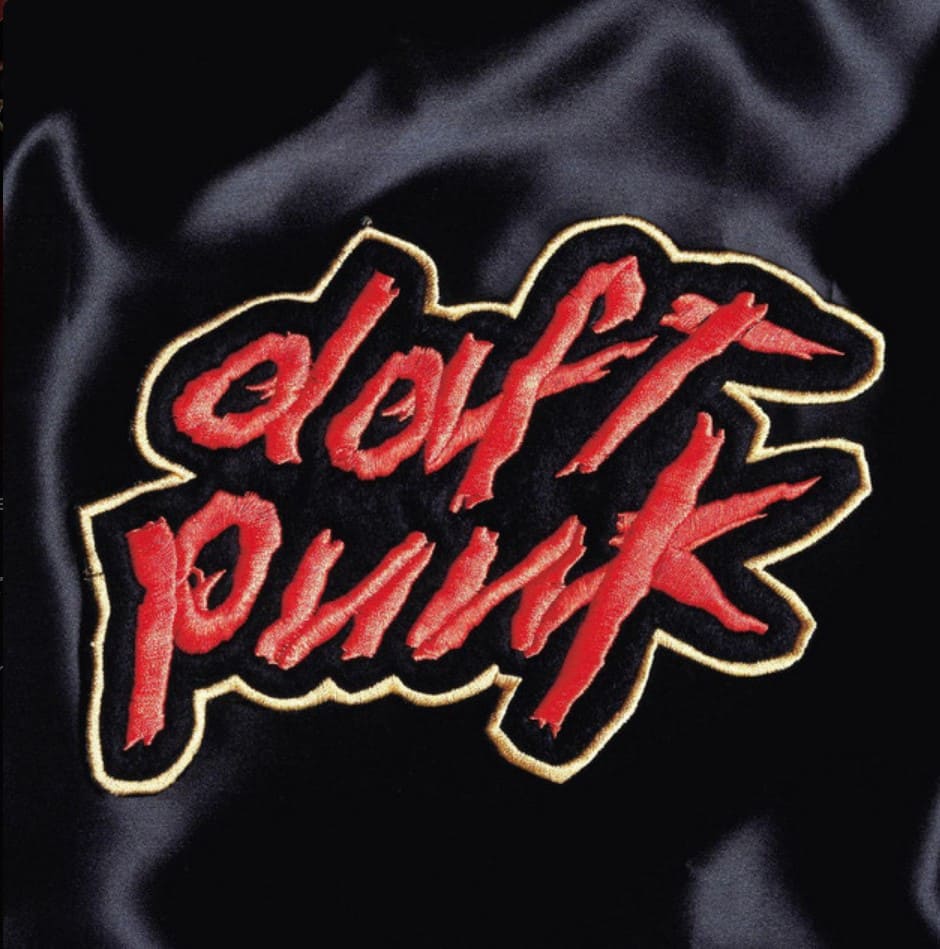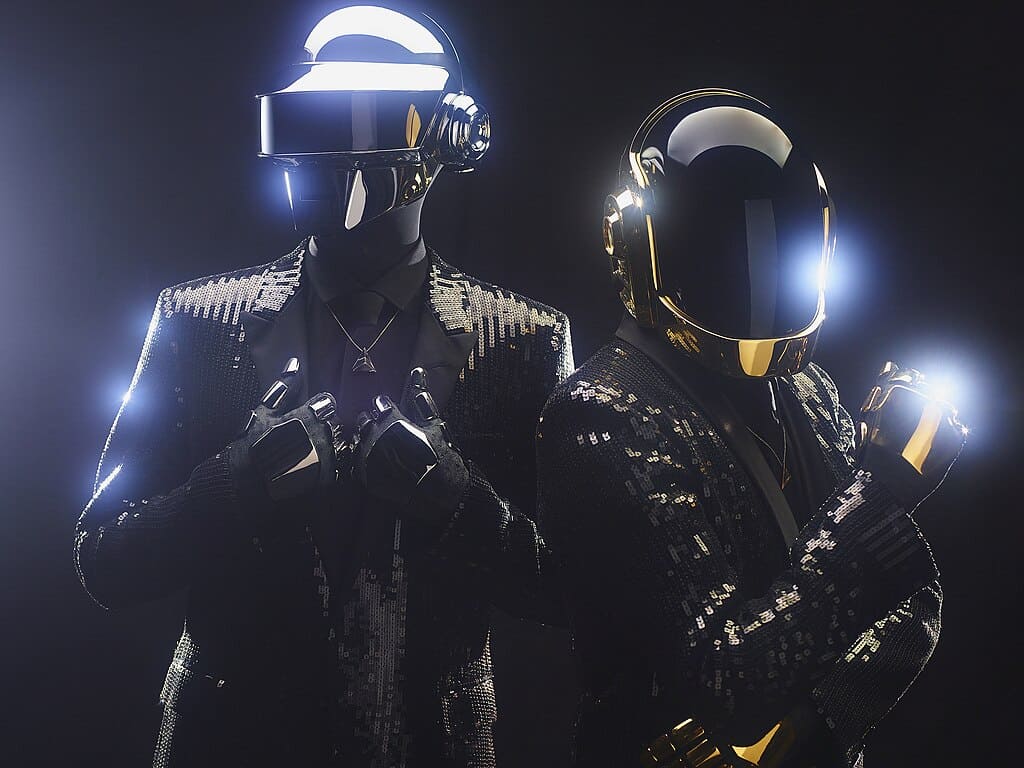
In an industry defined by faces and personas, Daft Punk turned anonymity into identity. With helmets, silence, and genre-bending brilliance, the French duo redefined what electronic music could sound like, look like, and stand for.
But even after their official split in 2021, their influence remains not just intact—it continues to expand. Daft Punk didn’t just shape a genre. They shaped culture.
A Sound Beyond the Club
Formed in Paris in 1993 by Thomas Bangalter and Guy-Manuel de Homem-Christo, Daft Punk first broke through with Homework—an album that embraced the raw textures of house and techno, but filtered them through something new: groove, grit, and attitude.
With Discovery in 2001, the duo pushed even further, introducing an ambitious blend of French house, disco, synth-pop, and rock opera sensibility. Songs like Digital Love, One More Time, and Something About Us weren’t just hits—they became a blueprint for the genre-fluid era that followed.
“Daft Punk made electronic music human,” says producer Jacques Greene. “They gave it heart, romance, imperfection.”
Art Through Design
Beyond the sound was the aesthetic—robotic, clean, iconic. Their choice to hide their faces wasn’t just a gimmick; it was a refusal to participate in the cult of personality. They let the music—and the myth—speak.
Their visuals, from Interstella 5555 to Tron: Legacy, were more than music videos or film scores. They were extensions of a concept: technology as a medium for emotion.
In an era of algorithmic content and personality-first music marketing, their deliberate mystery feels almost radical in hindsight.
Random Access Memories: A Final Chapter, or Just Another Shift?
Random Access Memories (2013) marked a stark pivot. Drenched in analog instrumentation, live performances, and ’70s and ’80s nostalgia, the album felt like a eulogy for a certain kind of musical purity. It was also their most commercially successful project—earning them multiple Grammys and reaching an entirely new audience.
Collaborations with Nile Rodgers, Giorgio Moroder, and Pharrell Williams weren’t just name-drops—they were bridges between past and present.
“Give Life Back to Music,” the opening track, could just as easily be a thesis statement.
When Daft Punk announced their breakup via the Epilogue video, fans mourned. But it felt less like the end of a band, and more like the closure of a creative arc.
Legacy, Influence, and What Comes Next
You can hear Daft Punk’s fingerprints everywhere—Tame Impala, Justice, Disclosure, The Weeknd, Fred again.. Even ambient and experimental producers cite them as inspiration—not because of a specific sound, but because of their fearless approach to sound design and song structure.
Their gear choices (like the Roland TR-909 or vocoders), their sampling techniques, their structural restraint—all of it became canon for producers who wanted their work to feel as much as it moved.
Even in silence, Daft Punk continues to teach: about limits, about reinvention, about letting the work outlive the maker.
More Than Music
In the end, Daft Punk was never just about beats or basslines. They were about vision. About creating something timeless in a world obsessed with speed. About slowing down, zooming out, and building a body of work that invited you not just to dance—but to imagine.
That’s their real legacy: not what they made, but what they made possible.
By Jenue,
writer and curator at Electronica Site, tracing the quiet pulse of modern electronic sound.


Questions, collabs, or just vibes? Hit us up
email: nica@electronica.site